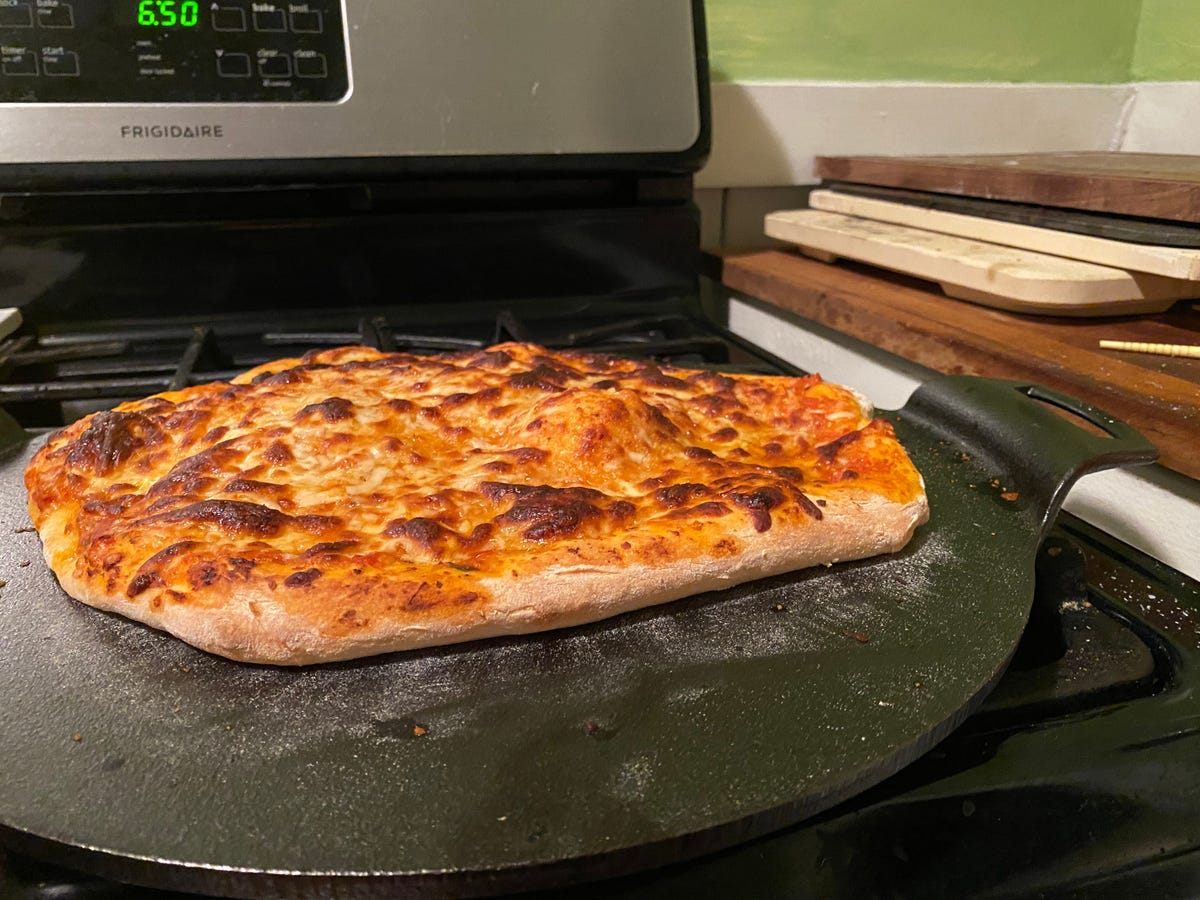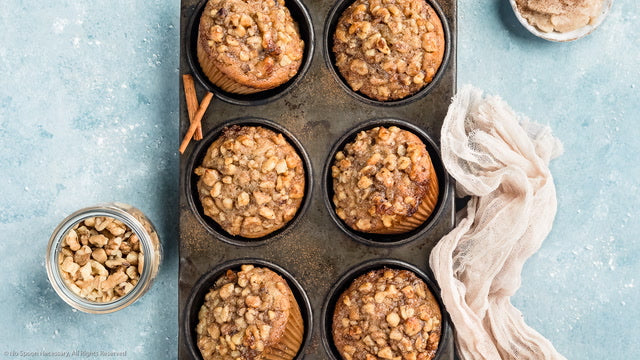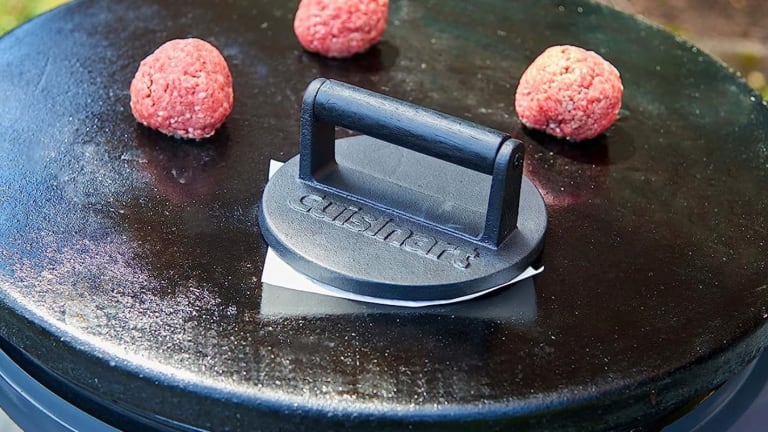In the world of professional kitchens, the pursuit of perfection in cooking and baking is a never-ending journey. One of the essential tools that has gained prominence among kitchen professionals is the baking stone for even heat distribution. This remarkable tool not only enhances the flavors and textures of our culinary creations but also provides a unique advantage through its ability to distribute heat evenly.

Understanding the Baking Stone
A baking stone, often referred to as a pizza stone, is a flat, thick piece of natural stone or ceramic material. It is used in ovens to bake a variety of goods, providing an even heat distribution that is crucial for achieving consistent and professional-quality results. For more detailed insights about the utility in smaller ovens, you can check Culina Cooks.
The Science Behind Even Heat Distribution
The secret to the baking stone's magic lies in its material composition and thickness. Unlike metal pans, which can develop hot spots due to uneven heat conduction, a baking stone absorbs and retains heat evenly across its surface. This results in uniform baking, preventing the possibility of undercooked centers or burnt edges.
Additionally, the porous nature of the stone absorbs moisture from the dough, leading to a crispier crust. For more tips on using baking stones, especially at higher altitudes, refer to Using Baking Stones at High Altitudes.
Choosing the Right Baking Stone
When selecting a baking stone, it's essential to consider the material. Ceramic and cordierite stones are popular for their durability and heat retention properties. Natural stones, like granite, can also offer superior heat distribution but may not be as durable. Another consideration is the sizelarger stones can accommodate more food but need a larger oven space. If you're tight on space, consider a compact baking stone.
Proper Care and Maintenance
To maximize the lifespan of your baking stone, it's critical to take good care of it. Avoid sudden temperature changes to prevent cracking, and never use soap to clean it, as the porous surface will absorb it. Instead, scrape off remnants and wash with water. Remember, frequent use increases the stone's durability.
Enhancing Your Culinary Creations
With a baking stone, you can explore a range of culinary pursuits beyond traditional baking. From roasting vegetables to crafting artisan bread and even non-pizza dishes, its versatility extends far and wide. Check out an engaging article on Epicurious to know more about diverse cooking possibilities.
Conclusion
Incorporating a baking stone for even heat distribution into your kitchen workflow can revolutionize your baking and cooking outcomes. By choosing the right stone and maintaining it properly, you can ensure consistent, professional-quality results every time. Whether you are baking a delicate tart or roasting vegetables, this tool can elevate the taste and texture of your dishes.

FAQs
- How do I clean a baking stone? - Avoid using soap. Instead, scrape off food waste and rinse with water.
- Can a baking stone break? - Yes, particularly with sudden temperature changes.
- What foods can I cook on a baking stone? - Aside from bread and pizza, try roasting different vegetables and meats.
This article contains affiliate links. We may earn a commission at no extra cost to you.






Leave a comment
This site is protected by hCaptcha and the hCaptcha Privacy Policy and Terms of Service apply.